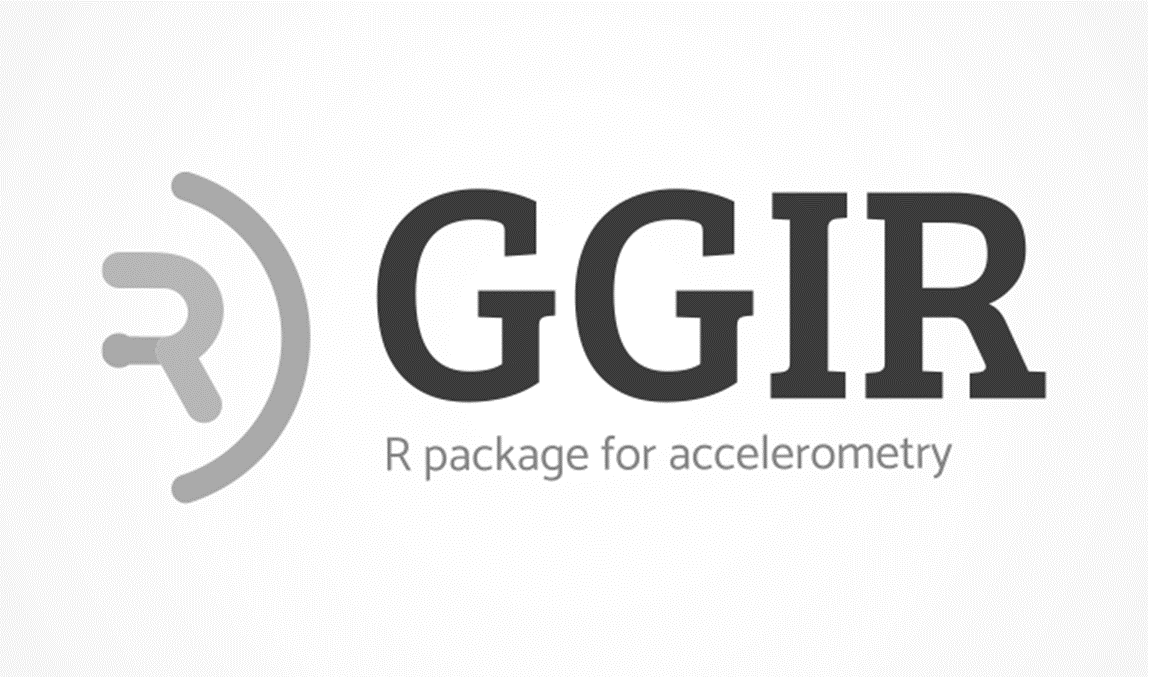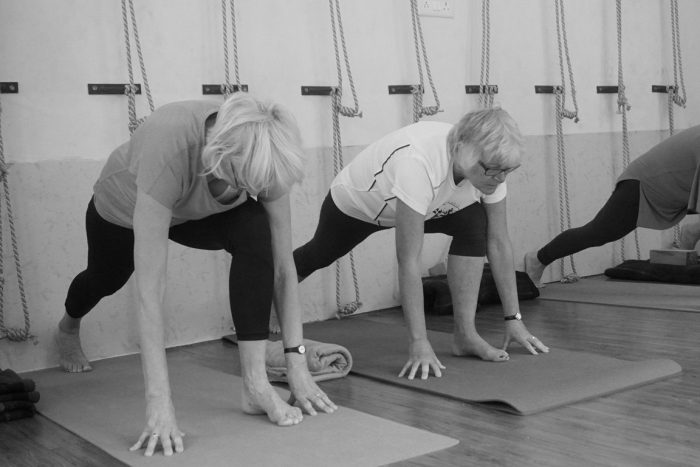 Wednesday, October 25, 2023 -
News
GGIR release 3.0-0
Wednesday, October 25, 2023 -
News
GGIR release 3.0-0
I often get asked the question: How can we quantify a person’s adherence to the physical activity (PA) guidelines with an accelerometer? In this blog post I will try to answer that question.
How we arrived here
As you may know, there are many ways to process accelerometer data towards an estimate of a person’s physical activity. Also, a decision needs to be made on what accelerometer to use and where to place it on the body. An accelerometer-based research method is the combination of sensor type, attachment location, algorithms used, and the software implementation of those algorithms. There is no universally agreed method for physical activity assessment, by which a variety of methods have been used across the physical activity research literature. PA guidelines have been constructed based on the evidence provided by this literature.
PA guideline reports usually do not guide us on what method we should use to measure adherence to the guideline. This is understandable: The underlying evidence does not use a consistent method, which makes it hard to provide such guidance. The resulting confusion about how guideline adherence should be quantified leads many people in this research field to wonder: What method should I use?
Why there is no simple answer
Before I continue, I would like to point out that a measurement method determines the definition of what is being measured. Publications sometimes start with an elegant definition of physical activity, but it is the measurement method that defines what physical activity is, not the researcher. The researcher only chooses the method.
This effectively means that the definition of physical activity according to the PA guidelines is a weighted average of all the methods that underlie the PA guidelines. Consequently, we can only quantify adherence to the PA guidelines if we apply the same weighted average of methods to our study participants. To me this seems infeasible as you would have to instruct your study participant to wear accelerometers from a variety of brands on multiple body locations simultaneously. Note that I am not even discussing self-report methods for physical activity, which would further complicate this effort.
Therefore, monitoring adherence to PA guidelines is not straightforward. Any attempt to measure guideline adherence will result in a biased estimate relative to the multi-method evidence on which a guideline is based. We should not blame methods for not being comparable, we should blame ourselves as a research community for having an ambiguous definition of physical activity by which it is impossible for any method to comply with it.
Surely a more accurate method is what we need?
Now imagine that we had access to a super method able to measure people’s energy expenditure, count their steps, and detect activity types without any error and with the highest level of feasibility. Even such a super method would be unsuitable for evaluating adherence to the current PA guidelines, for the simple reason that this super method was never used to develop the PA guidelines in the first place. Instead, we would need a method that replicates the pooled imperfections of the methods that underlie the current PA guidelines. As I mentioned before, this would be an impossible task.
Looking for a solution
I am keen to help the community to find a solution. If only, it was to avoid having to justify all the time why we cannot accurately quantify PA guideline adherence. I already started drafting a short communication for a journal with colleagues. Well, for now it is a good exercise in trying to shape our thoughts, even if we decide not to submit it in the end.
In the meantime, I think it is important to make people aware that this is a complex challenge, which should not be treated as just a methodological problem, just a harmonisation problem, just a research communication problem, or just a PA guideline construction problem. We may even need to rethink the whole research ecosystem to address the actual issue. Here, we may benefit from looking for inspiration in other professional fields that produce public health guidelines. If you have thoughts on this then I would love to hear from you.


